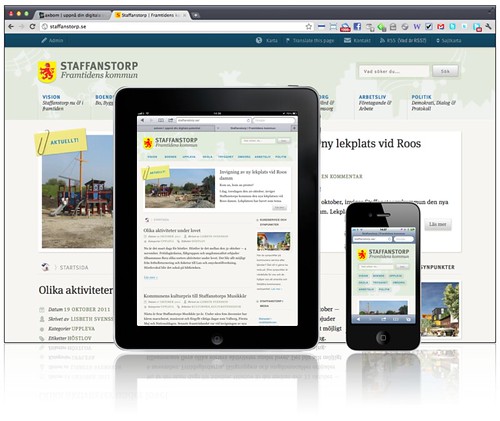Introduction:
Responsive web design has become a necessity in today’s multi-device landscape. With users accessing websites from various devices and screen sizes, it is crucial to ensure a consistent and user-friendly experience across platforms. However, designing responsively comes with its own set of challenges. In this blog post, we will explore the dos and don’ts of responsive web design to help you create websites that adapt seamlessly to different devices and provide an exceptional user experience.
The Dos of Responsive Web Design:
- Do Prioritize Mobile-First Approach: Start with designing for mobile devices and progressively enhance the layout for larger screens. This approach ensures a user-friendly experience on mobile, which is crucial given the prevalence of mobile browsing.
- Do Use a Responsive Framework: Utilize responsive frameworks like Bootstrap or Foundation to streamline the development process and ensure consistency in design across devices. These frameworks offer pre-built responsive components and grids that simplify the responsive design process.
- Do Optimize Images and Media: Compress and optimize images to reduce file size and improve loading speeds on mobile devices. Use responsive image techniques, such as srcset and picture elements, to serve appropriate image sizes based on the device’s capabilities.
- Do Test Across Devices and Screen Sizes: Regularly test your website on various devices, browsers, and screen sizes to ensure a seamless user experience. Embrace responsive design testing tools to identify and address any design or functionality issues.
The Don’ts of Responsive Web Design:
- Don’t Overload with Content: Avoid overwhelming users with excessive content on smaller screens. Prioritize essential information and features, and consider hiding or collapsing less critical content behind expandable menus or accordions.
- Don’t Rely Solely on Automatic Scaling: While automatic scaling can be helpful, avoid relying solely on it to make your design responsive. Fine-tune your design for different breakpoints to ensure optimal layout and readability on various screen sizes.
- Don’t Neglect Touch-Friendly Interactions: Design with touch-based interactions in mind, especially for mobile devices. Ensure that buttons and interactive elements have sufficient spacing to accommodate touch gestures and prevent accidental taps.
- Don’t Forget Performance Optimization: Responsiveness should not come at the cost of performance. Optimize your website’s loading speed by minimizing file sizes, leveraging caching techniques, and utilizing lazy loading for non-essential elements.
Conclusion:
Responsive web design is an essential aspect of modern web development. By following the dos and avoiding the don’ts of responsive design, you can create websites that adapt seamlessly to different devices and screen sizes, providing users with a consistent and enjoyable experience. Prioritize mobile-first design, utilize responsive frameworks, optimize images, and thoroughly test your design across devices to ensure a responsive and user-friendly website. By embracing these best practices, you can meet the ever-evolving demands of today’s diverse digital landscape and deliver exceptional user experiences.

